1987
MQ-24
Enduring standard captures the essence of the watch
This slim timepiece features a simple round dial that puts all the
focus on the hour, minute, and seconds hands, for a watch that is easy to read
and easy to use. The minimalist design conveys the essential function of a watch
— telling the time — and embodies the pure aesthetic of pragmatic beauty. Great
for men and women, young and old, casual and formal settings, the watch comes in
a truly diverse range of design variations to meet individual needs.
Choose between bar index marks and numerals, and between
conventional urethane, translucent, mesh, and other options for the band. Select
classic black and white, or any number of colored dial variations—including
metallic colors, matte hues, and earth tones. All kinds of people use the MQ-24
to express themselves — from those who choose a favorite watch and wear it for
years, to those who like to switch up the color and look of their watch just
like a change of clothes. A long-seller whose popularity has endured since 1987,
the MQ-24 has won a loyal fan base including many celebrities and is still
reaching new user segments today.




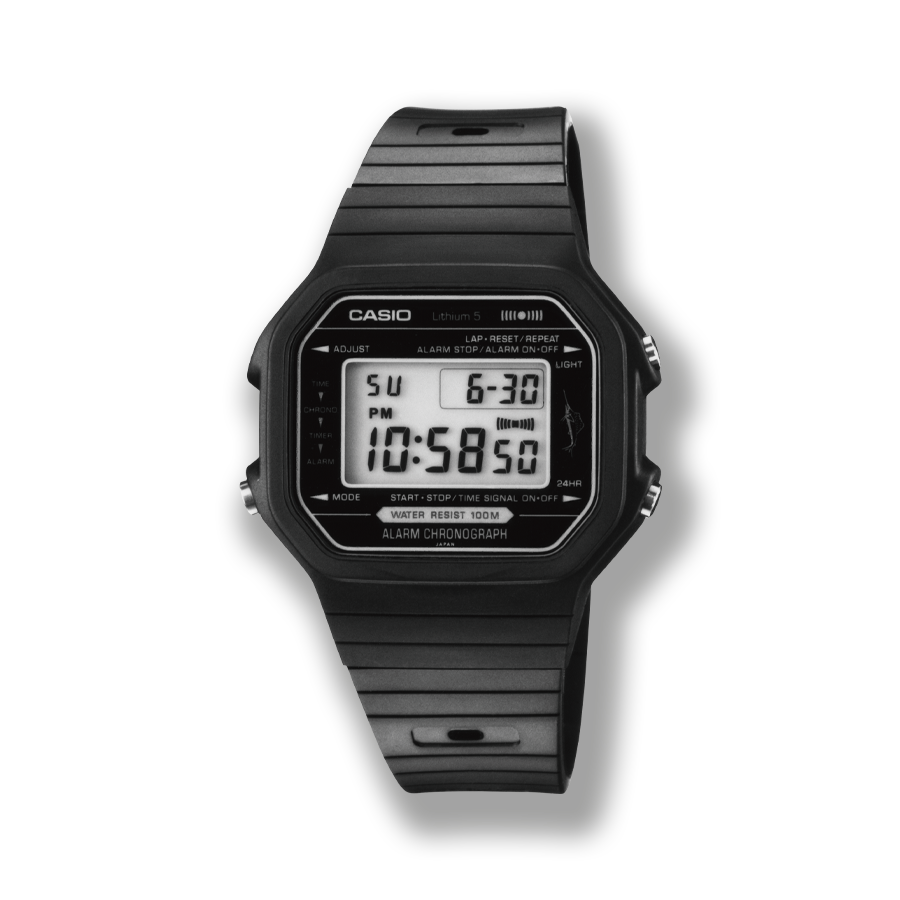


























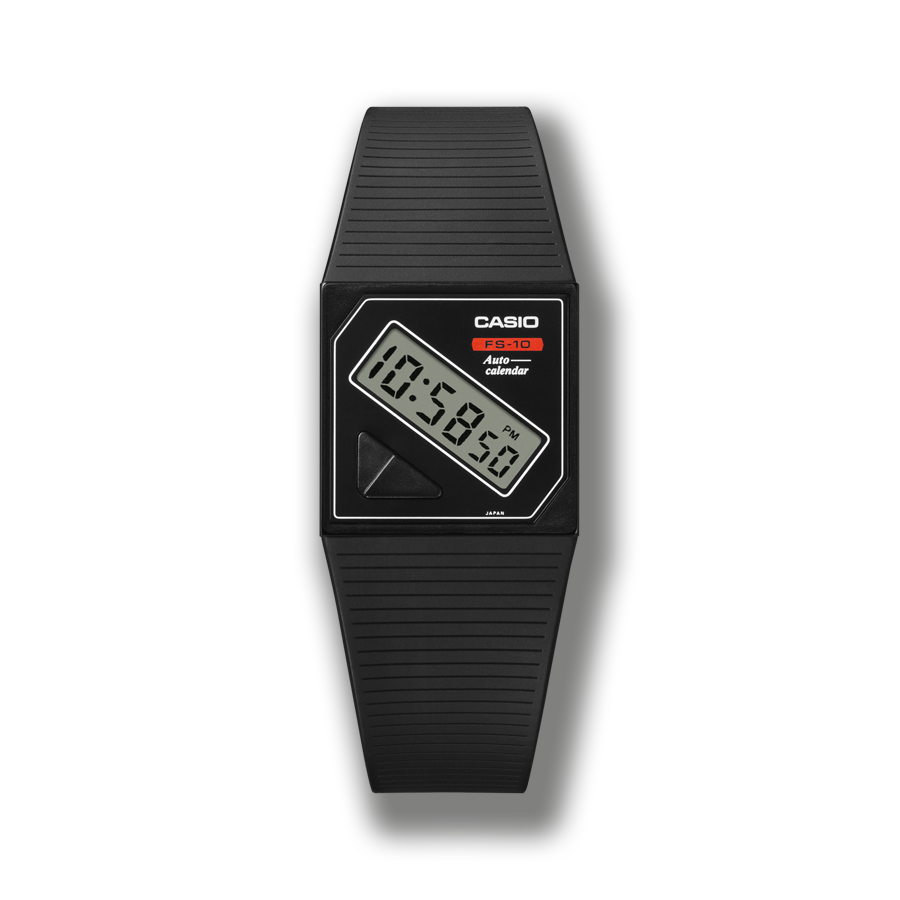


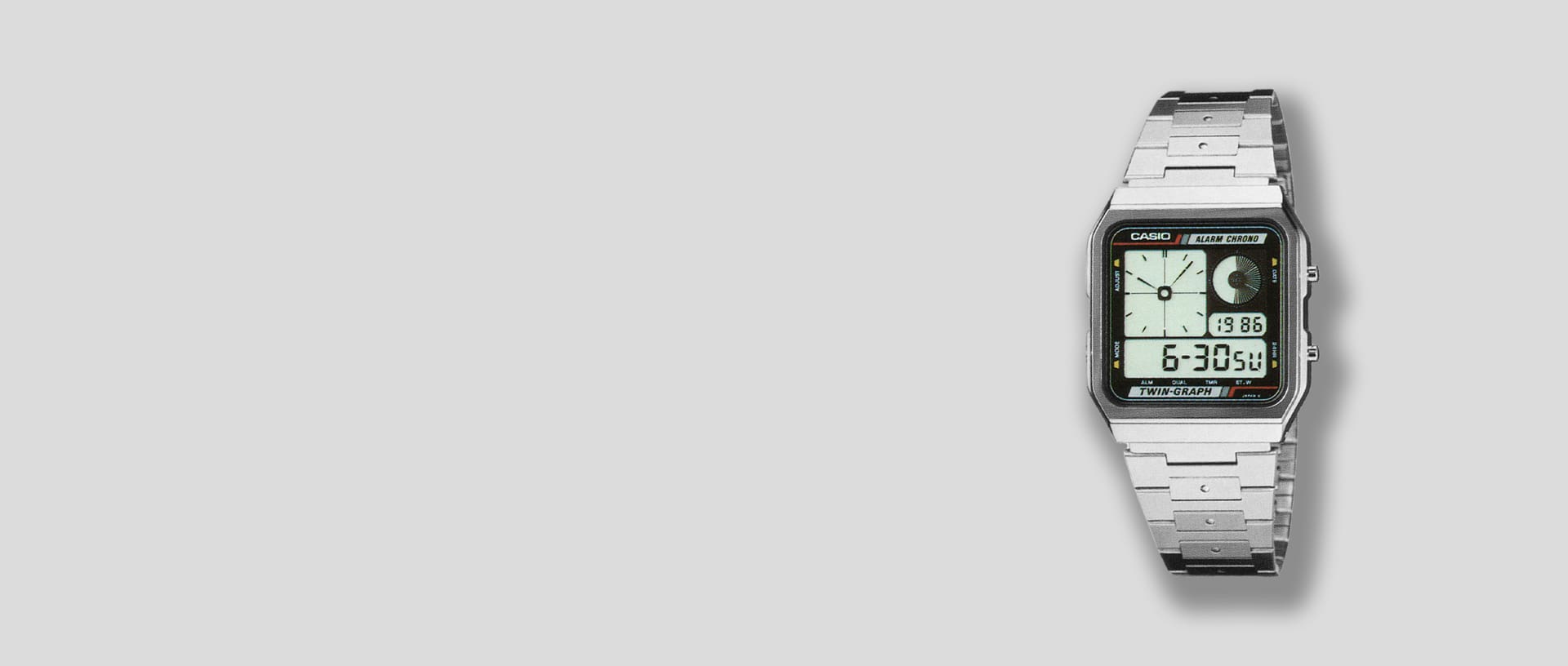











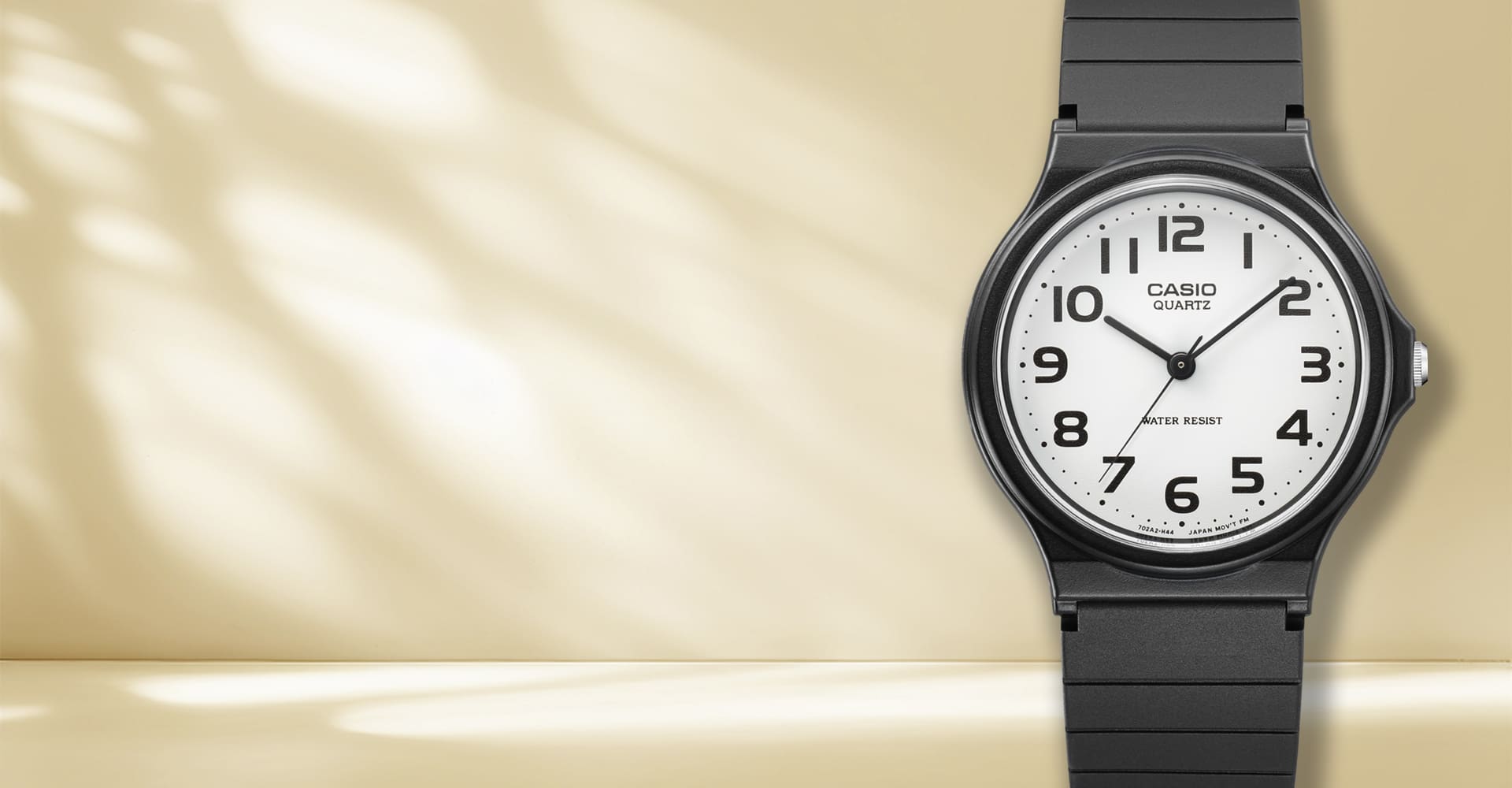













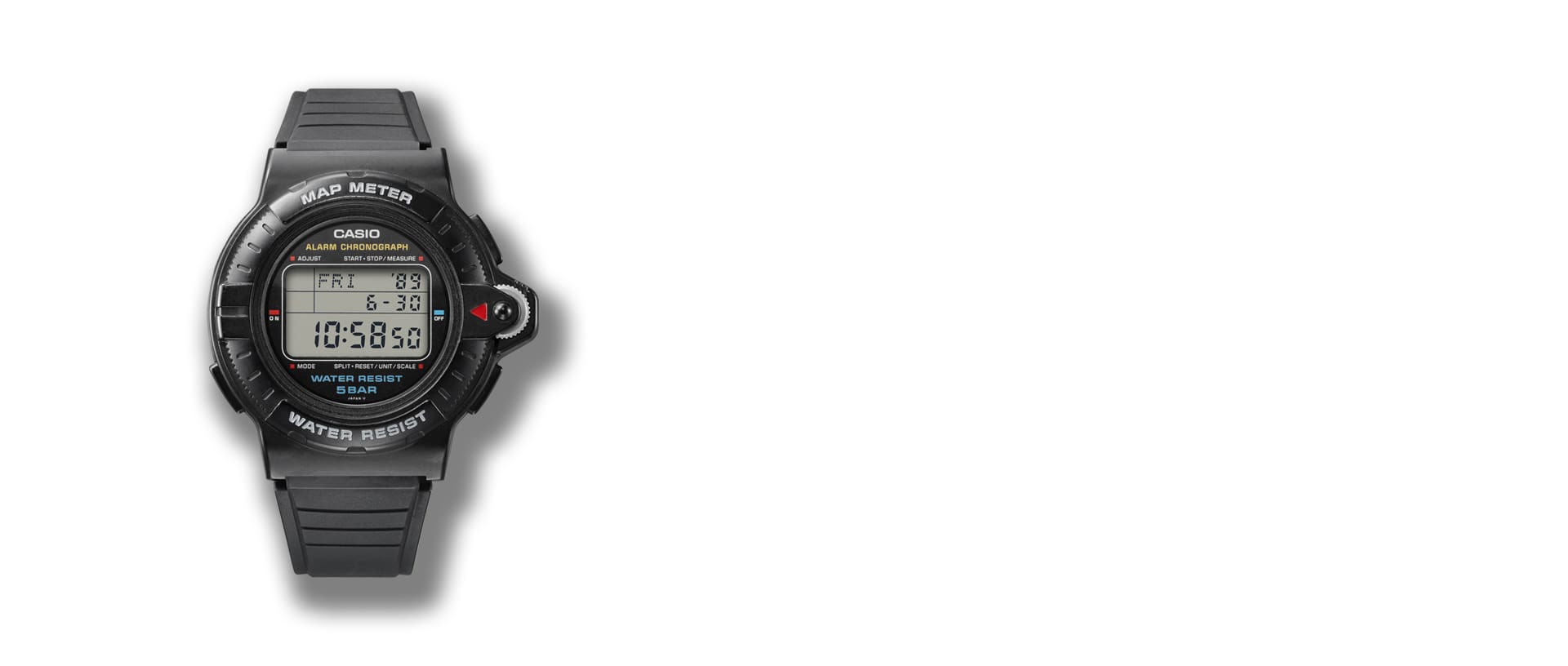

Validate your login